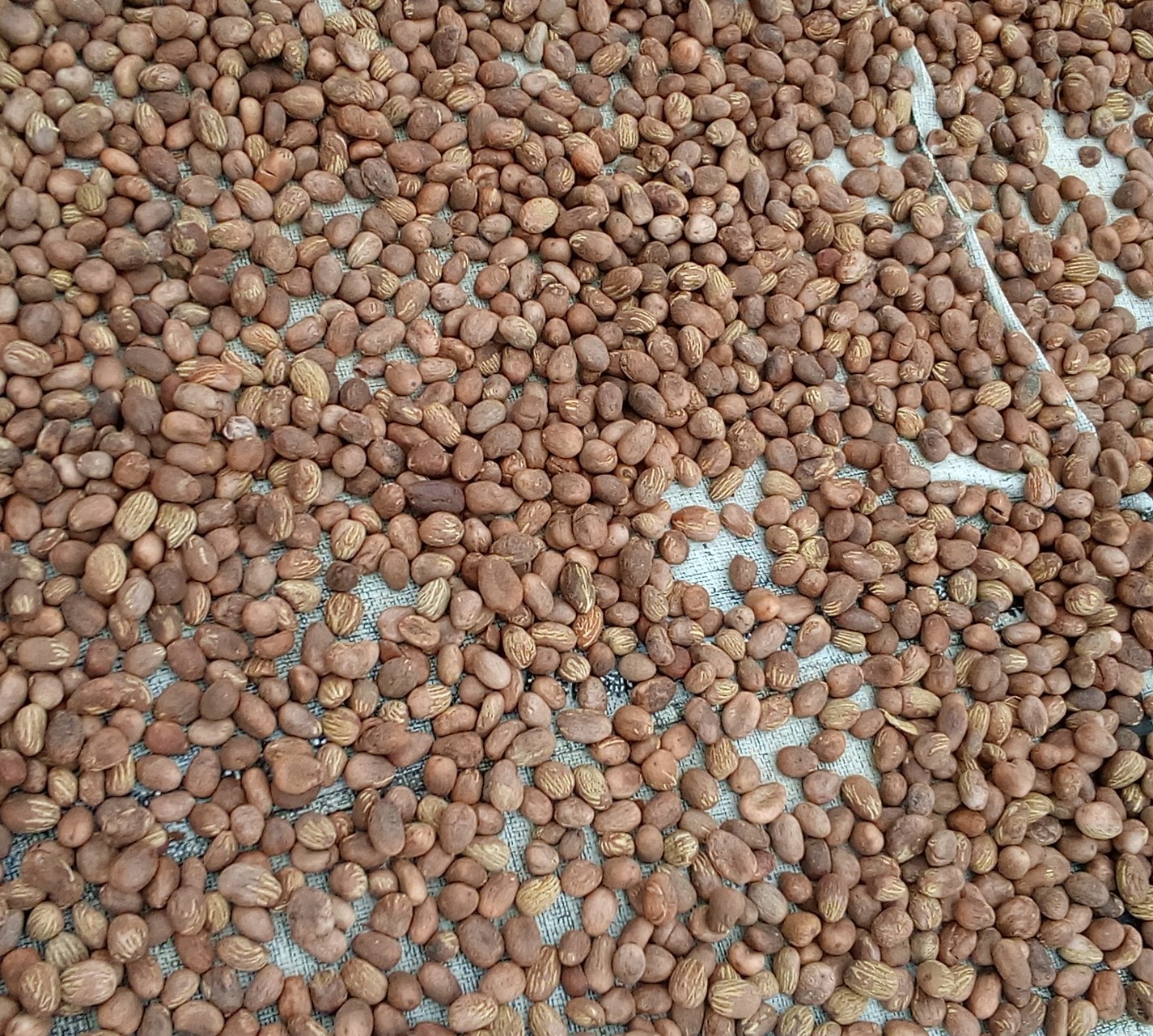GULU – Lack of a moisture tester is throwing a wet blanket over the profits of a group of farmers in Gulu district.
A grain moisture tester/meter is a tool that helps to determine whether or not a commodity is at a safe moisture content for storage or processing.
Members of Bed Ki Gen Adak Farmers’ group in Owor sub-county said the group of 30 members that started last year, have already registered losses due to inability to determine the required moisture content of their harvests.
Vicky Opira, a member of the group told theCooperator that last year, she lost at least shs 300,000 because she overdried her rice harvest, and it ended up breaking during hulling.
“I had 10 bags of rice which weighed 700 kilograms. But when I went to hull it, I ended up with only 500 kilograms because the rest got broken,” Opira said.
https://thecooperator.news/shea-butter-processors-decry-poor-post-harvest-handling/
According to Opira, she normally determines the moisture content of her grains by biting and paying attention to the sound it makes; however, she says the method has proved to be inadequate.
Simon Loum, the chairperson of the group said, it is hard for the farmers to maintain the correct moisture content of grains, when they plan to sell months after harvest.
Loum revealed that in 2020, they planted groundnuts and waited till March 2021 to sell when the price had gained, but the 12 sacks of groundnuts developed molds, and the buyer they had got from Kampala rejected it.
“They buyer had agreed to buy each kilogram at shs 2,200 but he rejected the whole produce. We ended up selling locally at Shs 1,500 a kilogram. We got on only shs 600,000 instead of shs 1,000,000,” Loum said.
Knowing the correct moisture content of produce seems to be a countrywide problem among farmers. In March this year, Kenya rejected maize from Uganda on claims that it had aflatoxins, a cancer-causing poison released by molds.
Loum said since the group lacks a moisture meter, they manually check if their harvest is dry by biting it, or put a particular grain in a glass container, and add dry salt to it.
“When one shakes the contents and salt sticks on the grains, then it means the grains are wet, but if the grains and salt remain separate, then it implies that the grains have dried,” he said.
Loum revealed that although they were trained that the correct moisture content of peanuts is 7.5 %, sunflower 9.0%, maize 13.5%, beans 14.0%, sorghum 14.0%, millet 14.0% and soya beans 13.0 %, they can only determine the correct percentage moisture content by using a moisture meter, not by biting into a grain, or shaking it in glass bottle.
“These crude methods have also made our seeds lose viability,” he said.
According to Food and Agricultural Organisation (FAO), over drying grains using excessive temperatures can stress the kernels of grains, causing cracks and loss of viability, and represents a loss in the value of the crop at sale.
The food security agency cites that 10-tonnes of grain with 15% moisture content weighs 340 kilograms less at 12% moisture content.
Buy your copy of theCooperator magazine from one of our countrywide vending points or an e-copy on emag.thecooperator.news
